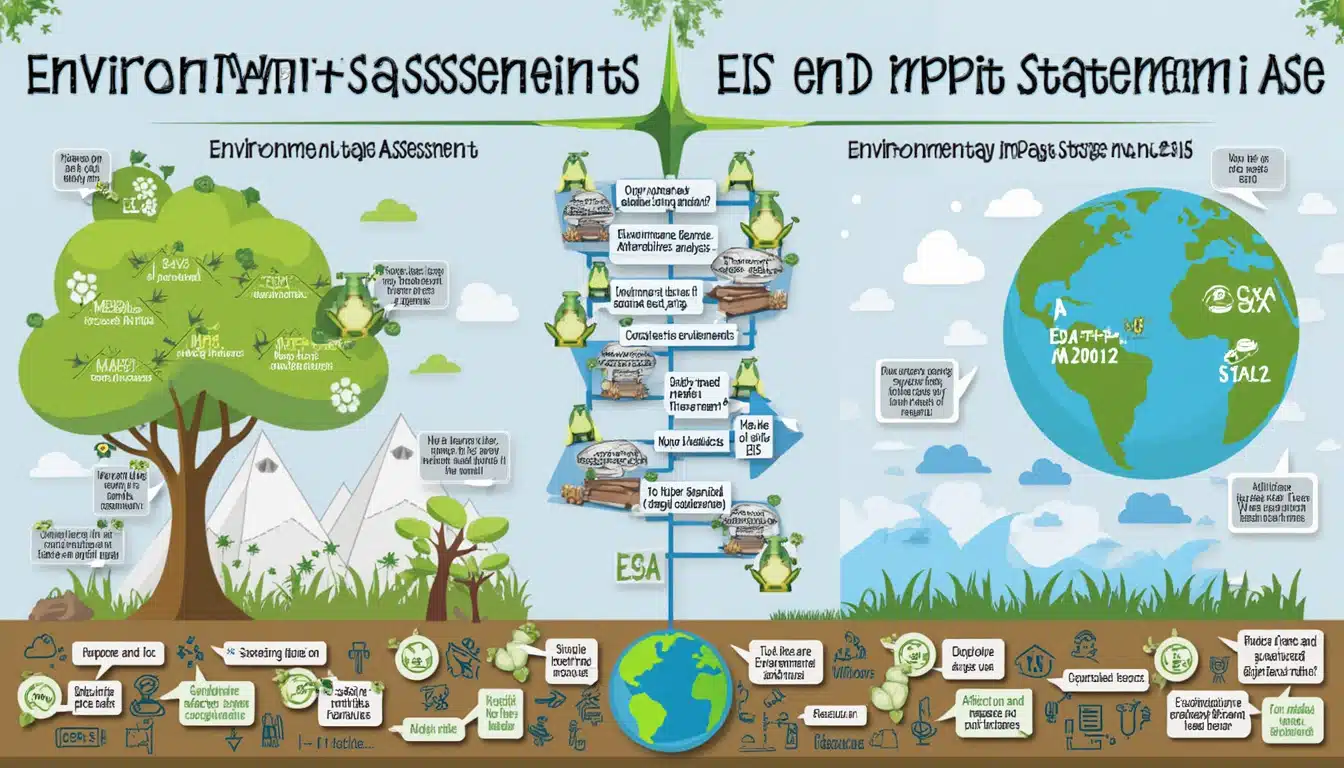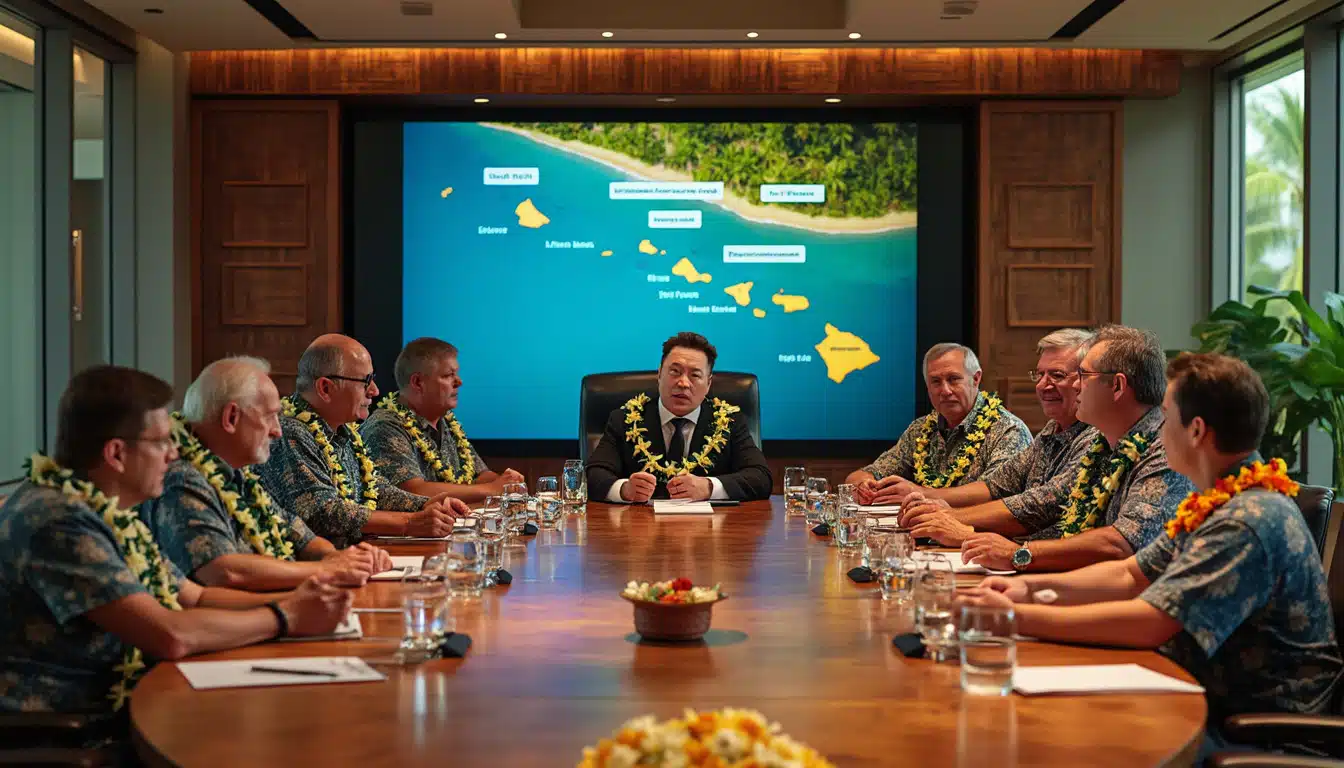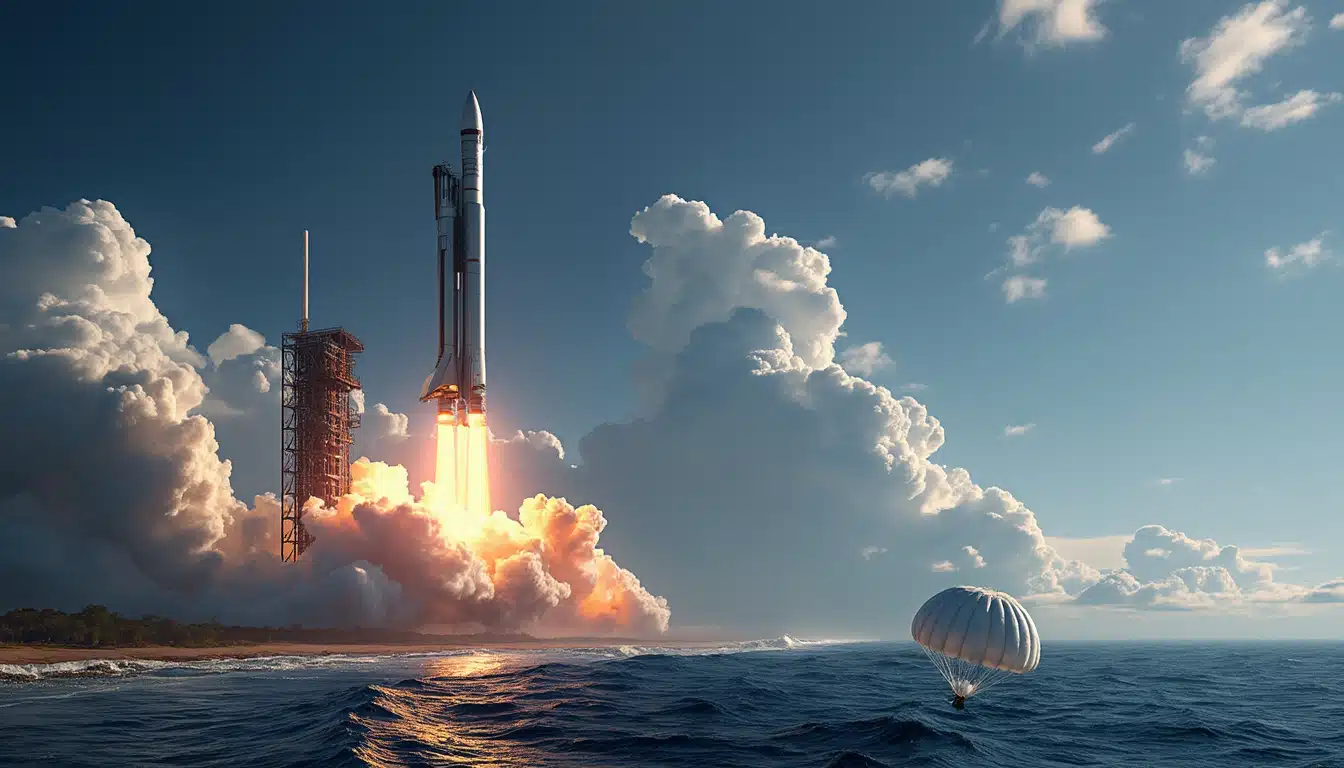Amid the increasing ambitions of SpaceX, particularly with its Starship program, concerns are rising among Hawaiian officials regarding the environmental implications of planned splashdown operations in the Pacific Ocean. State leaders are advocating for a thorough Environmental Impact Statement (EIS) to ensure that the potential risks associated with these launches and landings are adequately addressed. An EIS goes beyond the standard Environmental Assessments (EAs) often used, providing a more extensive analysis of cumulative impacts and engaging local stakeholders in the process.
As SpaceX gears up to conduct numerous launches, including up to 25 annually, the call for a deeper investigation into the environmental effects is justified. Previous assessments have tended to undersell the environmental stakes involved, particularly given the recent expansions of SpaceX’s operations and the increased scale of its proposed missions.
The Growing Involvement of Hawaii in SpaceX’s Operations

With the projected splashdown sites near the Papahānaumokuākea Marine National Monument, local leaders feel that the potential risks to marine life and ecosystems are significant. This sentiment has fueled a strong campaign for comprehensive environmental evaluations to examine the consequences of SpaceX’s burgeoning presence in the region. The legislation places a particular emphasis on the lack of previous local input in decision-making processes concerning the environmental assessments related to SpaceX’s operations.
Multiple meetings have been conducted to gauge community sentiment, and residents have expressed concerns regarding both the environmental integrity of the region and the safety of these high-stakes operations. Many feel marginalized in discussions that could radically affect their environment and livelihoods.
Local Concerns About Safety and Environmental Impact
As SpaceX promotes what it labels an ‘exciting landing,’ several Hawaiian residents have voiced apprehensions regarding the implications of these activities. The risk of rockets potentially damaging marine habitats during their splashdown phases has become a primary focus of local discussions. State representatives are advocating for the completion of a thorough EIS, which includes input from community members and a deep dive into environmental risks, specifically the fate of the marine life in the vicinity. Initial reports on the environmental impact were criticized as insufficient, leading to renewed calls for extensive studies.
Another pressing issue is the operational timeline of SpaceX’s launches. Locals fear that without proper regulatory measures, significant environmental and safety regulations could be overlooked, putting both the ecosystem and local communities in jeopardy. In light of these developments, it’s crucial for regulatory bodies to heed the voices of those most affected by the ramifications of the Starship program.
Understanding Environmental Assessments vs. Environmental Impact Statements

The Federal Aviation Administration (FAA) typically utilizes Environmental Assessments (EAs) to evaluate the potential impacts of proposed projects, which are generally less intensive than Environmental Impact Statements (EIS). The former can take mere months to complete, while the latter may span years and require extensive public comment periods and studies.
A key distinction lies in the scope of the analysis conducted. While EAs provide a snapshot evaluation that is shorter and less comprehensive, EISs delve into cumulative impacts and are designed under stricter regulations to ensure a thorough examination of potential consequences on the environment and local communities. Given the increasing scale of SpaceX’s endeavors, the Hawaiian representatives argue that an EIS is warranted.
The Historical Context of SpaceX’s Environmental Assessments
Historically, SpaceX has faced scrutiny over the environmental assessments tied to its operations. The last EIS conducted revolved around its Boca Chica facility in 2014, which addressed concerns for much smaller Falcon 9 rocket launches. Meanwhile, these operational standards have evolved drastically with the large-scale intention to launch Starship rockets, which poses new challenges for environmental regulations.
Initially, SpaceX integrated the Environmental Assessments into their growth strategies at Boca Chica, garnering limited opposition. However, circumstantial evidence indicates that the expansion of this program has led to considerable environmental changes not fully accounted for in previous EAs. As a result, stakeholders, including local communities in Texas and Hawaii, are calling for a more robust review process to better inform ongoing activities.
Legislative Action and Local Advocacy

The legislative push for a comprehensive EIS on SpaceX’s Starship program underscores the vital role of local governance in shaping regulatory frameworks that safeguard the environment. Twelve Hawaiian state leaders are at the forefront of this movement, emphasizing the need for a participatory approach that welcomes public input and addresses local concerns. The proposed legislation would necessitate that the FAA reassesses its approach to environmental evaluations in Hawaii, particularly when it involves state waters and marine habitats.
Local advocacy has manifested in numerous public comments submitted to the FAA, demanding transparency in the evaluation process. Many factor in the historical disregard for local stakeholder consultations, which raises fundamental questions about how the environmental assessment processes should account for the unique ecological and cultural significance of Hawaiian waters. As discussions continue within the legislative sphere, the outcome will have lasting effects on the intersection between exploration and conservation.
Engagement of Environmental Groups and Concerns from the Community
Various environmental groups have rallied in support of Hawaii’s demand for a robust EIS, aligning their advocacy with residents who feel that the potential impacts on local ecosystems have not been adequately addressed in SpaceX’s planning processes. Environmental organizations emphasize the importance of preserving the diverse marine and coastal ecosystems amid increasing technological advancements and commercial interests.
Legislators and community leaders acknowledge that the push for a thorough environmental review is not merely a local issue; it speaks to broader questions of corporate responsibility and the regulatory frameworks that govern high-impact industries like aerospace. As SpaceX expands its operations, striking a balance between innovation and ecological stewardship becomes paramount, highlighting the need for ongoing dialogue and informed decision-making.
Future Outlook for SpaceX’s Starship Operations

Looking ahead, the trajectory of SpaceX’s Starship program will likely hinge on the success of the regulatory processes currently in motion. The FAA’s decision on whether to approve or deny additional launching and landing requests amidst the growing concerns over environmental impacts will set a precedent for future aerospace endeavors in sensitive coastal regions.
Hawaiian ecological integrity and local communities’ wellbeing depend on the careful construction of future regulatory frameworks. Stakeholders from local governments to environmental advocates are keenly observing how these developments unfold, recognizing the lasting repercussions of these decisions on the relationship between technology and nature.
While SpaceX’s ambitions continue to push the boundaries of aerospace technology, it remains crucial to ensure that these innovations do not come at the expense of the vibrant ecosystems in Hawaii and across the Pacific. Engaging local stakeholders transparently and responsibly remains essential, as the balance between progress and preservation is so delicate.




Leave a Reply